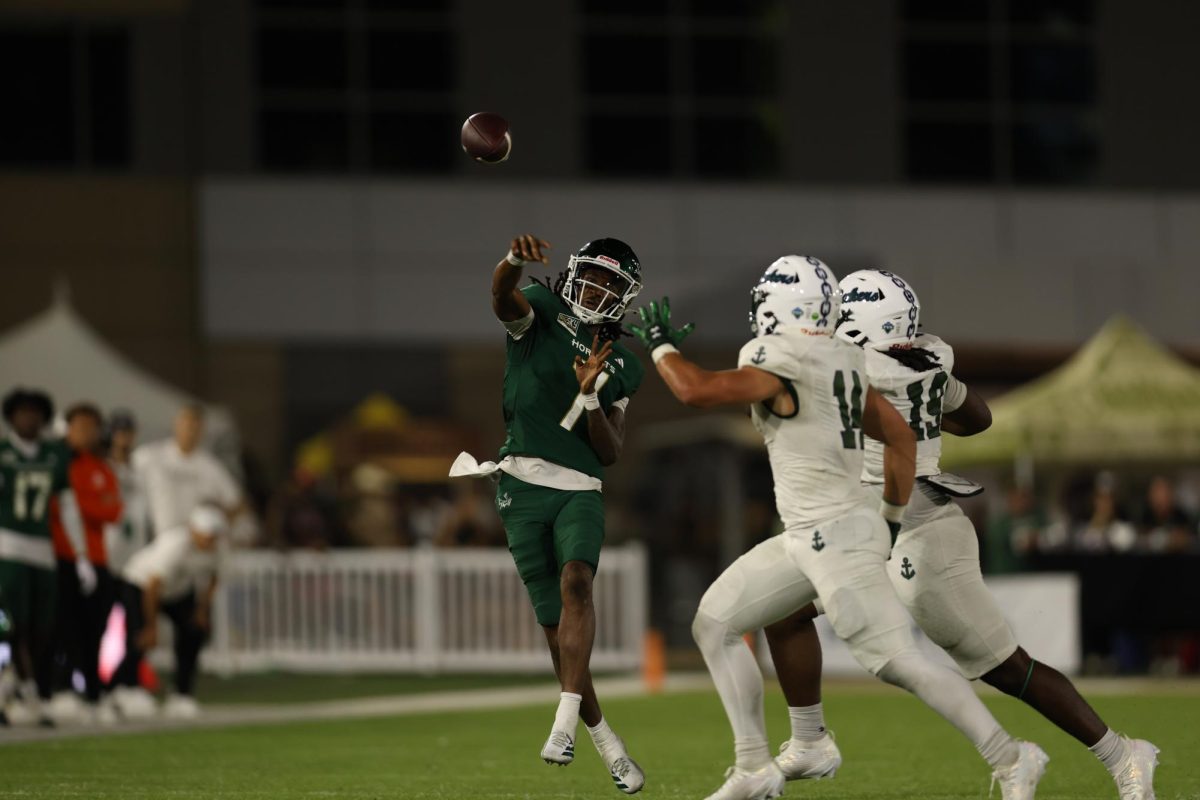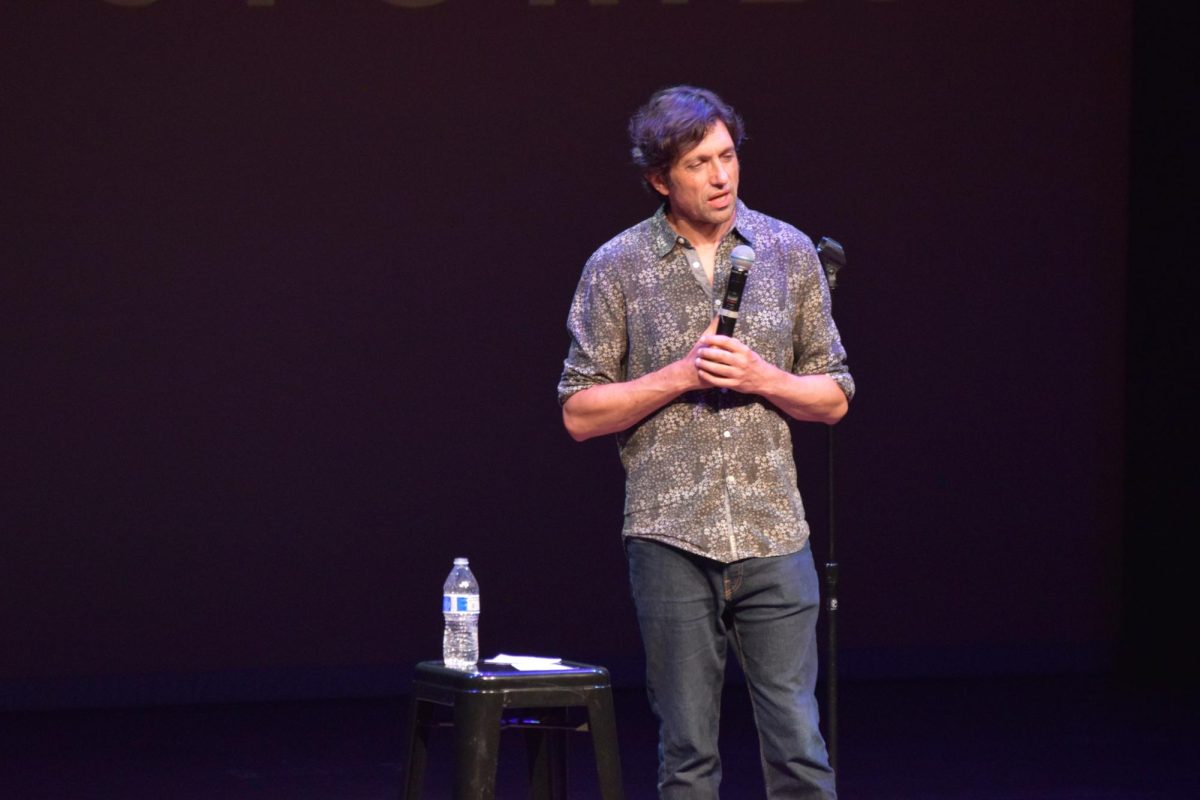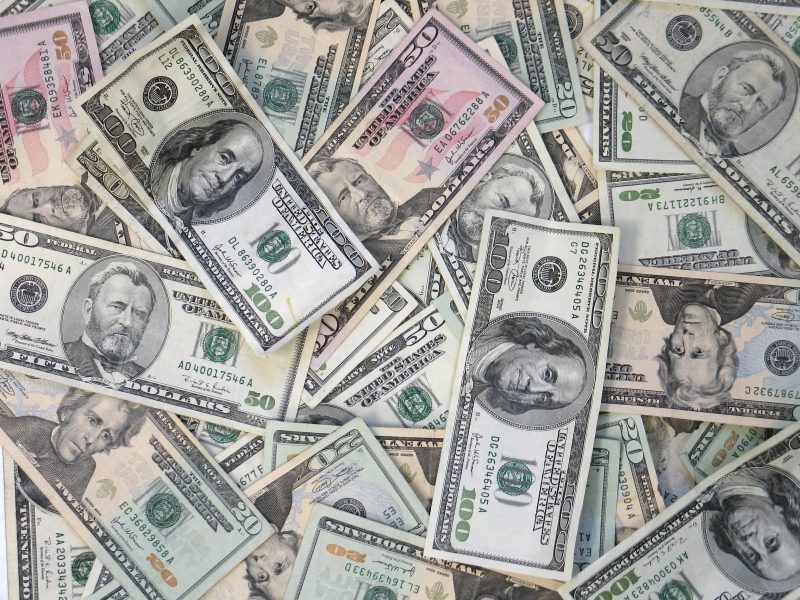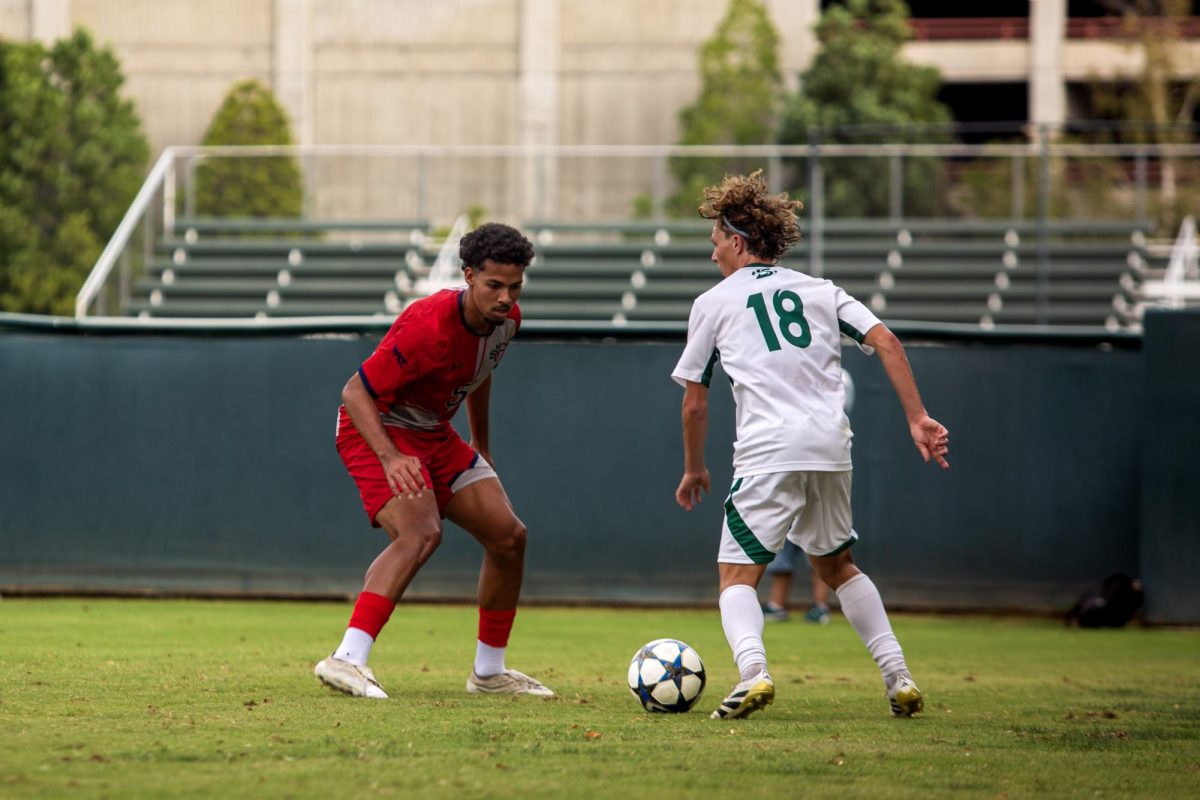As summer break approaches for Sacramento State athletes and temperatures rise, it’s time to address a heated debate in the sports community: should the NCAA pay players to compete?
No, it isn’t feasible to think that the NCAA and collegiate athletic programs can afford to distribute paychecks to more than 450,000 student-athletes in the country. According to a USA TODAY Sports study, only 23 out of 228 NCAA Division I public school athletics departments generated enough money on their own to cover their expenses in 2012.
In an effort to help raise funds for paying athletes, schools could ask the student body to fork up a fixed fee, but this isn’t likely to happen at Sac State anytime soon. In 2014, the university proposed a $438 annual student fee to help build an athletic event center on campus and 80 percent of the student body voted against it.
However, student-athletes — such as players on the North Carolina and Gonzaga men’s basketball programs who helped generate a combined $33.3 million of revenue in the 2016-17 season — deserve more than free clothes and a full-ride scholarship for their 30-plus hours of work a week.
The compromise for this situation is to allow student-athletes to receive advertising endorsements without endangering their status as amateurs because as of today, the NCAA states on its official website that, “All student-athletes, including international students, are required to adhere to NCAA amateurism requirements to remain eligible for intercollegiate competition.”
These requirements refuse players the possibility of salary for participating in athletics, benefits from a prospective agent and being paid for their image or likeness. However, as recently as April of last year, the NCAA has discussed the idea of allowing student-athletes to sign endorsement deals, Big East Conference Commissioner Val Ackerman told Sports Illustrated.
This would allow the NCAA to avoid having to figure out how to equally pay male and female athletes in accordance to the Title IX of the Education Amendments Act of 1972. Title IX ensures that universities keep a similar amount of teams and players in its athletic programs, and would enforce the NCAA to pay all of its athletes the same amount of money.
For example, Sac State has 11 NCAA-sanctioned women’s teams and eight men’s team with a little over 200 athletes each. This is in accordance to Title IX which states, “No person in the United States shall, on the basis of sex, be excluded from participation in, be denied the benefits of, or be subjected to discrimination under any education program or activity receiving Federal financial assistance.”
However, it makes no sense (and few cents at that) for Clemson to pay its coxswain of the rowing team the same amount of money as last year’s starting quarterback Deshaun Watson, who played in front of 80,000 paying football fans at Memorial Stadium.
At most universities, the football and men’s basketball programs make up more than half of the revenue for the athletic departments — yet HBO Real Sports and the Marist Institute for Public Opinion showed in 2015 that 65 percent of Americans don’t think top college athletes from these sports should be paid.
The legal system seems to agree with this notion as the federal appeals court in California decided that colleges shouldn’t pay athletes $5,000 per year in deferred compensation, according to a New York Times article in 2016.
This is fine for the NCAA, but it seems unfair that a nonprofit organization can generate billions of dollars and only muster up full-ride scholarships and free clothing for its marquee performers. If the NCAA won’t pay its superstar center fielder then it should allow someone else too because advertising companies are more than willing to make a pitch.


























































































































